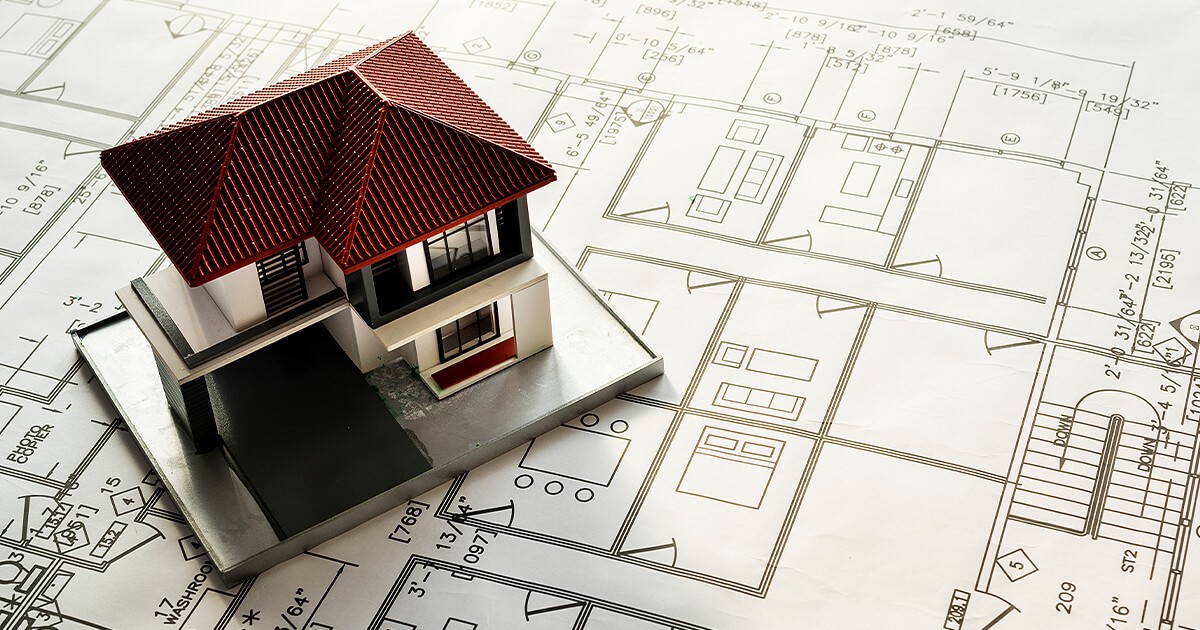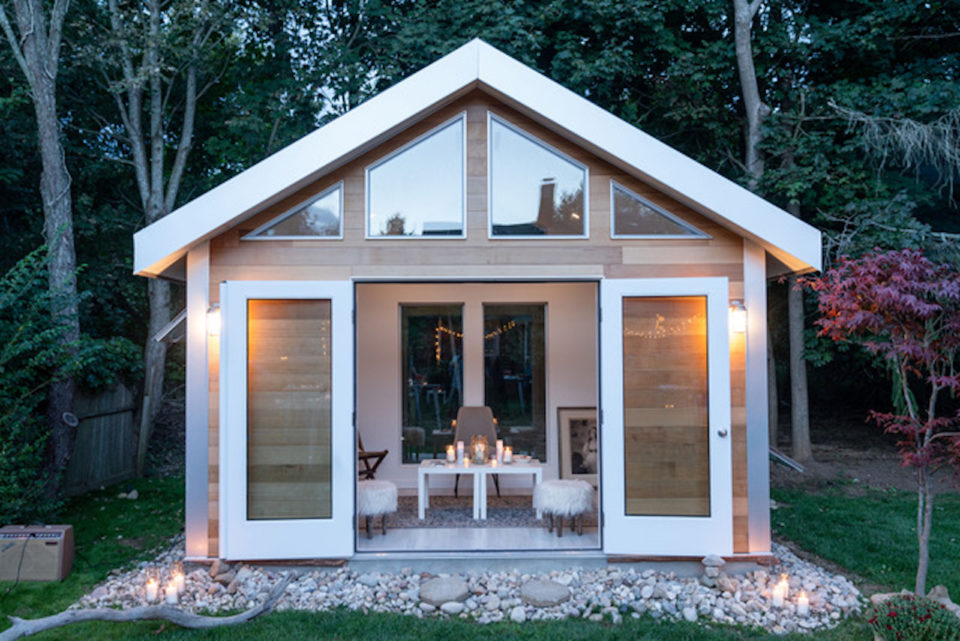Creating your dream home is an endeavor that combines vision, strategy, and a deep understanding of design, functionality, and long-term value. Whether you’re a developer, designer, or contractor working with discerning clients, or a supplier seeking to better understand project demands, delivering a dream home requires more than executing blueprints—it demands a cohesive, client-centered approach, balancing aesthetics, technology, lifestyle, and environmental awareness.
This article outlines essential considerations in the planning and building process, including architectural design, material choices, sustainability, and the growing importance of personalized outdoor spaces. While each dream home is unique, there are universal principles that guide successful execution in today’s competitive housing market.
Strategic Planning and Architectural Vision
At the foundation of every dream home is a well-crafted plan. Early-stage development begins with identifying the homeowner’s lifestyle goals and long-term intentions. Are they focused on entertaining, working remotely, raising a family, aging in place, or maximizing resale value? These considerations shape the structure, layout, and flow of the home.
Architectural design must go beyond aesthetics to reflect how the space will function daily. Open-concept living, private retreats, integrated workspaces, and seamless indoor-outdoor transitions are all hallmarks of today’s luxury homes. Equally important is site orientation—leveraging natural light, views, and land contours can dramatically affect the overall experience of the home. Engaging architects and designers early ensures a cohesive design language throughout the project, with special attention to proportion, symmetry, and material harmony.
Material Selection and Construction Quality
Premium construction begins with premium materials. A dream home is an investment, and clients expect durability and long-term performance. This means specifying high-quality, sustainable materials from trusted suppliers, whether it’s engineered wood flooring, ultra-efficient windows, or non-toxic insulation. Smart sourcing strategies also reduce delays and ensure the build remains on schedule.
Builders must prioritize craftsmanship and execution. Poor detailing or rushed finishes compromise not only aesthetics but also reputation. For professionals operating in this space, maintaining strong relationships with reliable subcontractors and suppliers is critical. Clear communication and consistent standards throughout the project build trust and minimize costly rework.
Technology integration is also a key factor. Smart home systems—from climate control to security to lighting—should be seamlessly embedded and future-proofed, ensuring both current functionality and ease of upgrades.
Personalization and Lifestyle Integration
No two dream homes are alike, and customization is at the heart of every project. From gourmet kitchens with professional-grade appliances to spa-style bathrooms and walk-in closets, personalization drives satisfaction. For clients, it’s about reflecting their personality and values; for professionals, it’s about translating those ideas into practical design elements.
Consideration must also be given to acoustics, lighting schemes, and storage. These elements may be overlooked in favor of visible luxuries, but they significantly impact daily life. Integrating energy-efficient systems and sustainable practices—such as solar panels, water-saving fixtures, and locally sourced materials—not only reduces operational costs but aligns with growing consumer demand for environmentally responsible living.
Outdoor Living and Pools
Outdoor living has evolved from a luxury to an expectation. Dream homes now regularly include outdoor kitchens, covered patios, and integrated landscaping. One standout feature is the custom-designed pool—both a statement piece and a functional extension of the home.
A well-executed pool project reflects the home’s overall design aesthetic while meeting safety and efficiency standards. Whether infinity edge, lap, or plunge-style, pools are increasingly designed with automation, energy efficiency, and low-maintenance materials in mind.
Pool installation, however, can be a substantial investment. Discussing pool financing options early in the design phase helps clients make informed decisions and prevents unexpected delays or scope reductions later. Options may include home equity lines, construction loans, or specialized pool financing services, depending on the client’s financial structure.
Long-Term Value and Client Satisfaction
Ultimately, the success of a dream home project is measured in long-term satisfaction. That satisfaction hinges on how well the final product aligns with initial expectations and adapts to the evolving needs of its residents. Professionals must focus not only on the immediate build but also on how the home will live five, ten, or twenty years down the line.
From concept to completion, transparency, collaboration, and a shared commitment to excellence are what set standout projects apart. By embracing these principles, industry professionals help clients transform aspirations into reality—and create homes that stand the test of time.
Keep an eye for more latest news & updates on Today!




